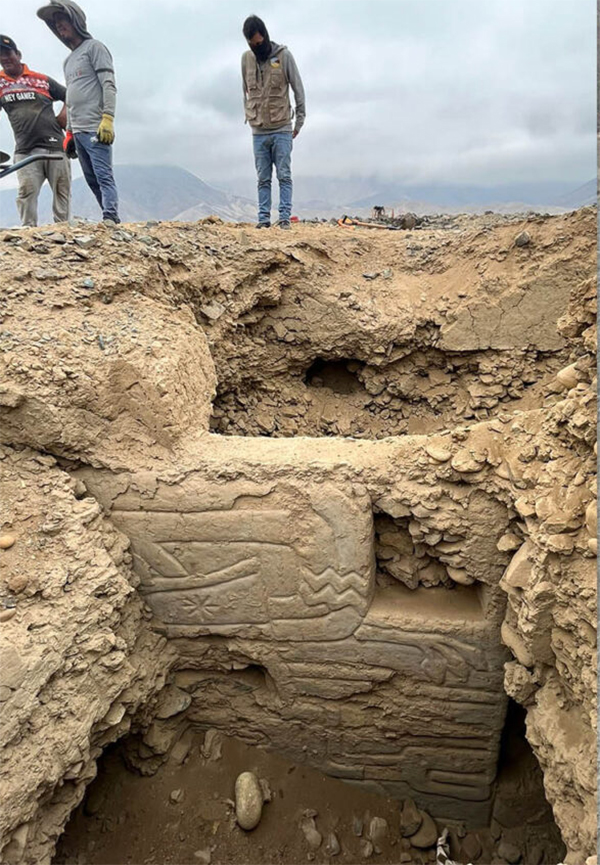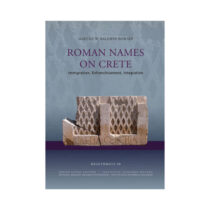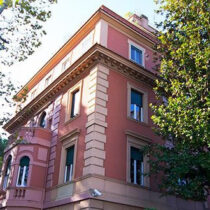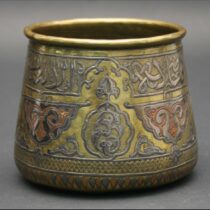Archaeologists have uncovered a stunning 3,000-year-old mural at the Huaca Yolanda archaeological site in northern Peru, revealing a vivid glimpse into the spiritual and artistic life of an ancient pre-Inca civilization. The mural, found on the outer wall of a ceremonial temple, features beautifully rendered imagery of fish, marine plants, stars, and fishing nets, all carved in relief and painted with remnants of blue and yellow pigments.
Measuring approximately five meters long and two meters high, the mural is unlike anything previously documented in Peruvian archaeology. According to experts, the composition and iconography are entirely unique, marking it as an unprecedented find in the region’s long archaeological record.
“The symbolism is extraordinary,” said Dr. Ana Cecilia Mauricio, archaeologist at the Pontifical Catholic University of Peru. “We’re looking at an early society that likely held deep spiritual or ceremonial ties to the sea and the cosmos. This find opens new doors to understanding their worldview.”
The mural is believed to date back 3,000 to 4,000 years, placing it among the earliest known examples of large-scale temple decoration in the Americas. Researchers suggest it was created by a little-known pre-Inca culture that inhabited Peru’s northern coast during the emergence of complex social structures and ceremonial centers.
Though much remains unknown about the people who built Huaca Yolanda, the elaborate artistic style and symbolism indicate a sophisticated religious or cosmological belief system that predates the famous Moche and Chavín cultures.
The mural was uncovered during excavations aimed at rescuing ancient structures increasingly threatened by climate change and human activity. “As rainfall patterns shift and development encroaches, many of Peru’s archaeological sites are at risk,” warned Mauricio. The team is now working to stabilize and conserve the mural, with plans to study nearby structures that may yield more clues about the culture behind it.
Ongoing excavations at Huaca Yolanda aim to piece together the full extent of the temple complex. Researchers hope to identify additional murals, artifacts, and ceremonial objects that can further illuminate the site’s original purpose.
“This is just the beginning,” said Mauricio. “The level of craftsmanship and symbolic depth tells us this wasn’t an isolated artwork. It was part of something much larger.”



